In Upper Egypt, we always hear the words, "It is a passion. We cannot do without in weddings and celebrations". Even children stand aside, making a circle, with two children in the center playing the game, which is described as "passion", with a stick called "Mahabba" (Love).
"Tahtib", the fencing that has become the men's passion in Upper Egypt, is a folk dance that is performed to the tunes of "Mizmar" (flute). It emerged and thrived in the Nile Valley, and was inherited over generations, until it has become an integral part of our artistic heritage and popular culture.
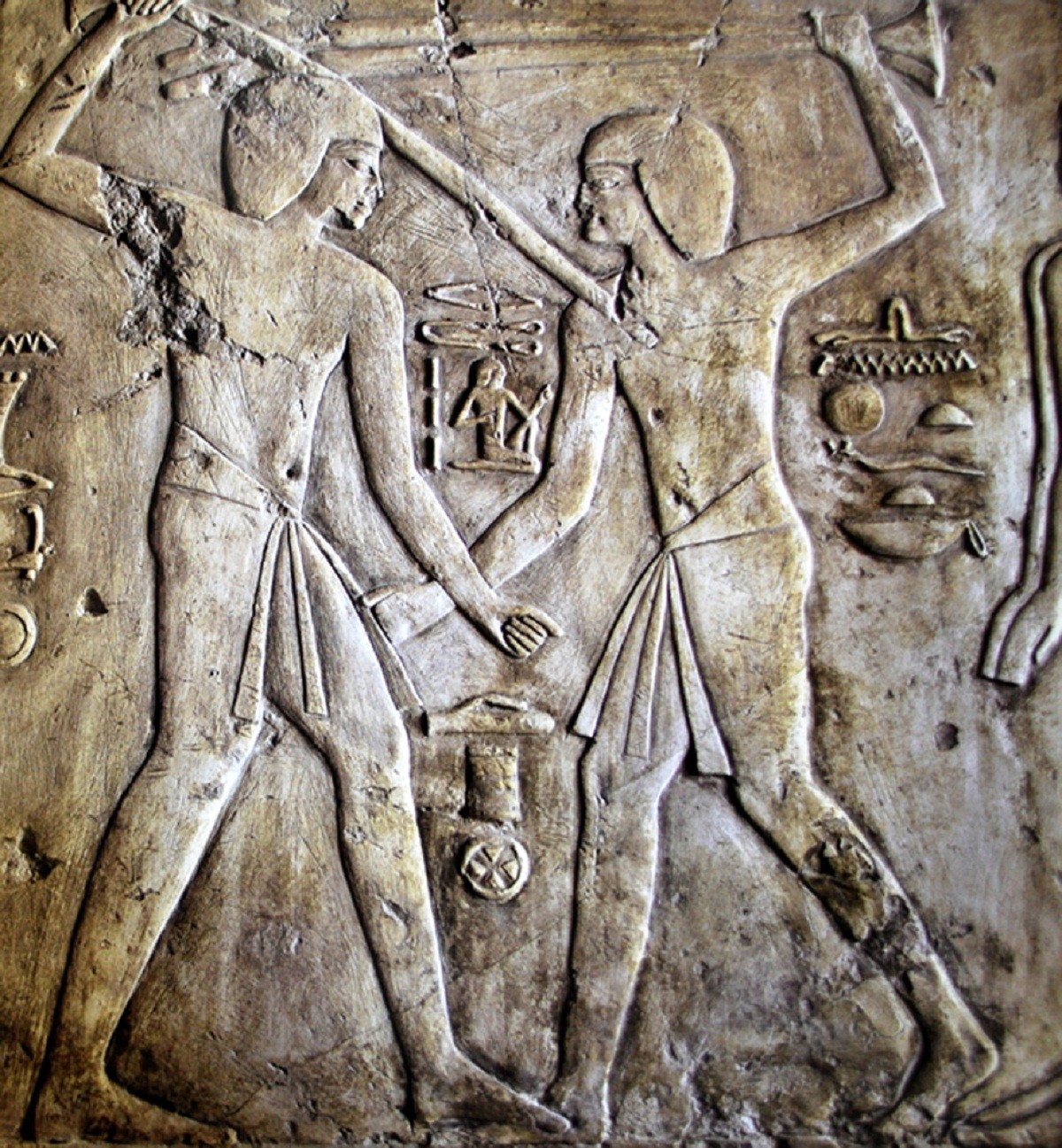
Despite being a martial art that emerged in ancient Pharaonic eras, strict rules and regulations were set to organize tahtib. These regulations were engraved by the ancient Egyptian since more than 4800 BC, particularly during the fifth Dynasty. The oldest traces of those regulations were found on engravings from the archaeological site of Abusir, The first evidence of the festive representation of tahtib can be seen in the New Empire, more than 3500 years ago, as shown by the ancient Egyptian's engravings on the walls of archaeological sites of Luxor and Saqqara.
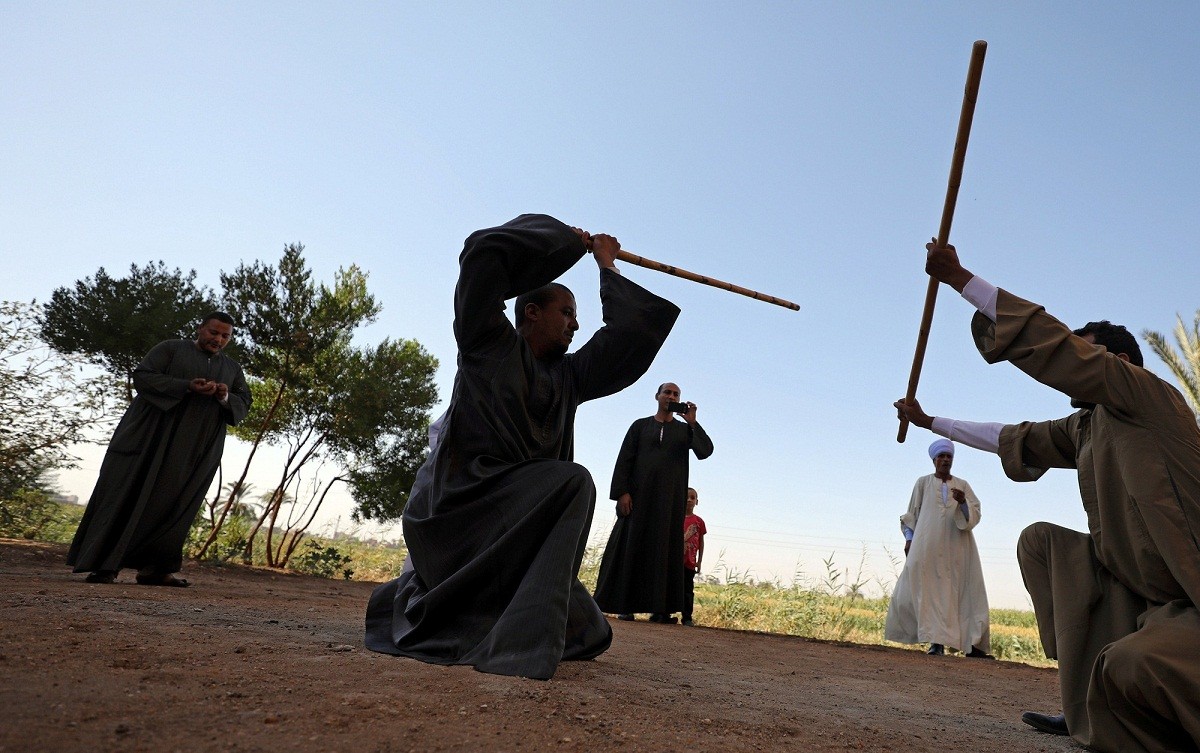
Tahtib continued unabated in Egypt after the Old Kingdom period and throughout its history. Tombs of rulers in Beni Hassan necropolis (Middle Kingdom of Egypt, 2061- 1665 BC) contain engravings showing scenes of tahtib, not as a sport only, but also as a part of soldier trainings. Also in that period, a new kind of fencing had appeared, in which a short stick had been used. It is clear that the rules of this sport are quite different from those of tahtib.
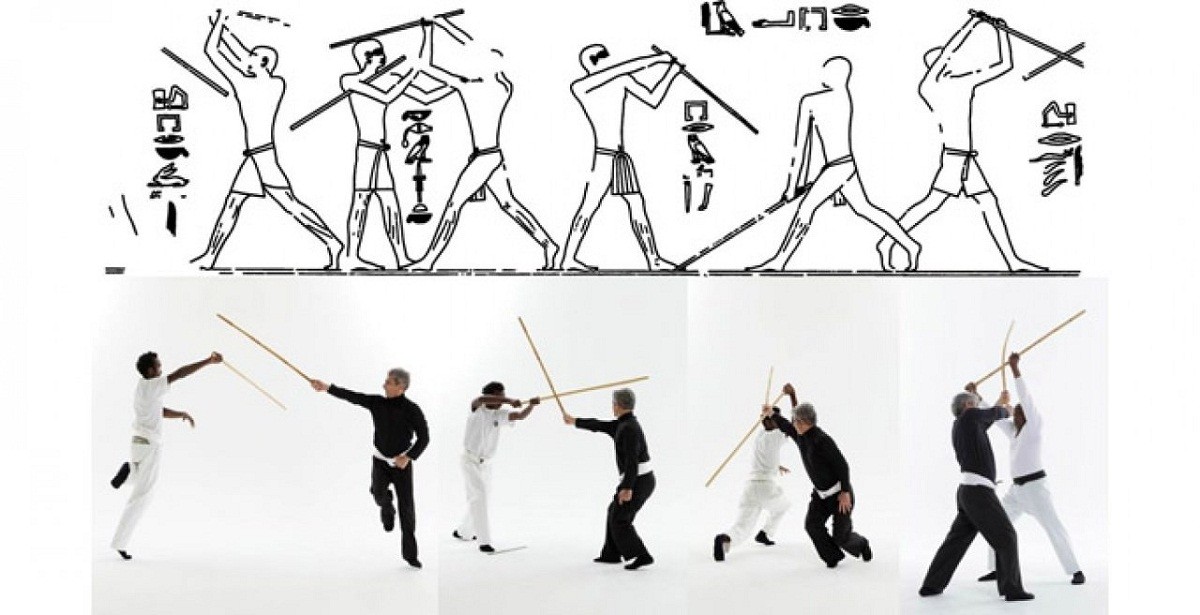
Scenes of tahtib had been depicted and engraved continuously on the walls of temples in Luxor and Saqqara in the New Empire (1569- 1081 BC). In that period, tahtib had become a performing art with certain steps and gestures performed to the audience in celebrations. Today, it is still the same in Upper Egypt. In the New Empire, that martial dance had witnessed some evolution; like other arts in that period, it had benefited from the social and economic developments in that golden era.
Over the next five centuries, Egypt had witnessed a great expansionist boom. Its territory and culture had extended from Anatolia to the 4th cataract of the Nile and Abyssinia in the south. Even in times of weakness, especially in the Greco-Roman era, tahtib was of great significance to the cultural heritage. Early Christian writings mention tahtib as a leisure activity and a popular art performed during weddings and celebrations.
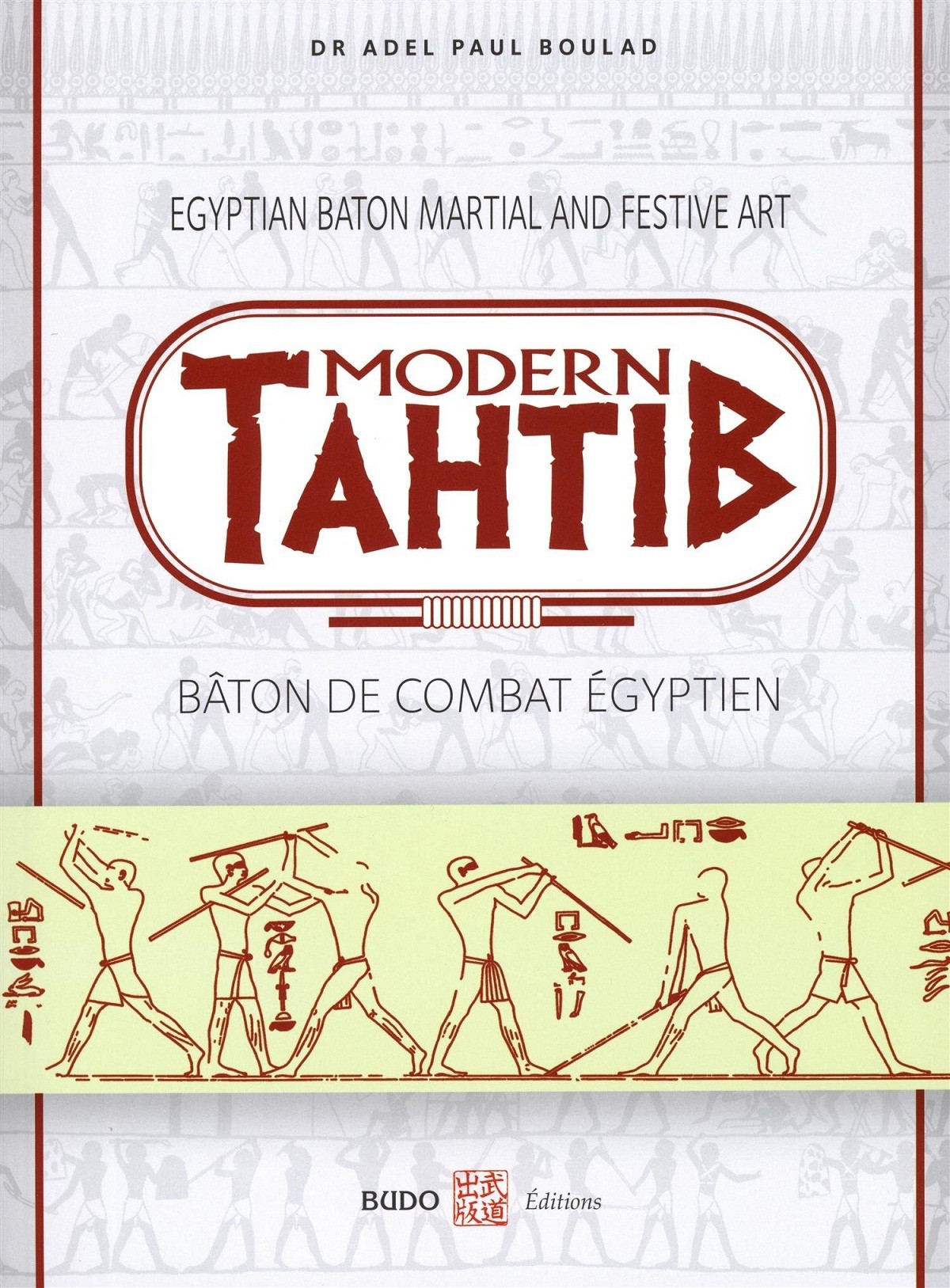
History and Mystery
Tahtib is one of the most ceremonial martial arts that had been depicted on the walls of Egyptian temples and tombs, and engraved unabated throughout ages and history, especially from 2700 BC, until Alexander, the Great had conquered Egypt in 332 BC. However, when the ancient Egyptian knew and practiced that sport remains unclear.
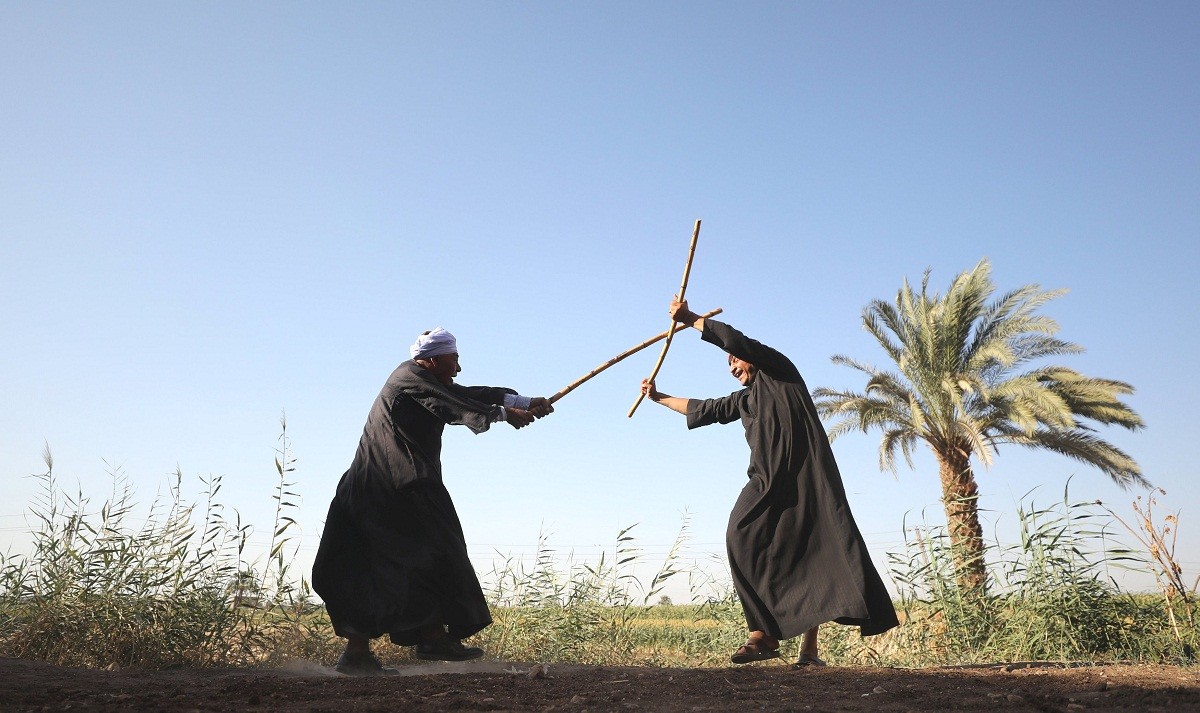
Images and inscriptions of tahtib were found on significant Egyptian monuments and on the walls of pyramids. Also, walls of temples carry the images of trainers while encouraging the trainees, and teaching them the disciplines of tahtib. Furthermore, images of tahtib, with archery and wrestling, were put on the panel of physical activities in ancient Egypt. Due to its importance, it had been described in the pyramids of the kings of the old empire.
Today, tahtib is practiced in various ways, including as a martial art, a folk dance, a rural tradition, a stick game, a sport, and a self- defense technique. Mutual respect, courage, and chivalry were the most important rituals and moral values imposed by this art on whoever uses the stick to duel. Both sides know very well that the stick used is not a stick of aggression, but a stick of love for preserving rights and establishing peace, and that abiding to these rules is a proof of nobility and chivalry.
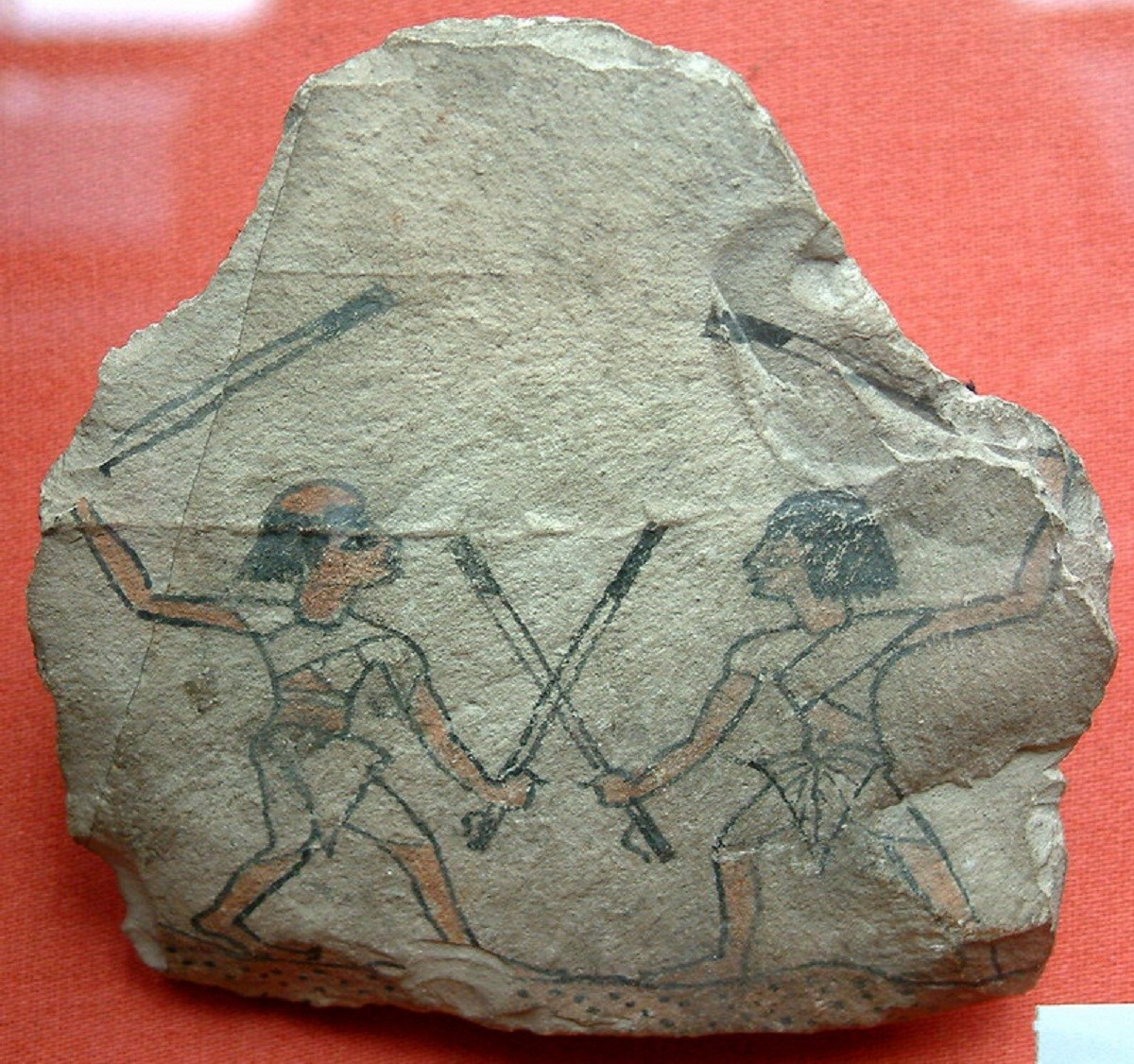
These moral values were the cornerstone of the rule of "Futuwwa" (young-manliness), which began to spread in the era of the Abbasid Caliph An-Nasir, and turned into a system followed by the Caliph himself, after he declared himself the "Big Futuwwa". In fact, the renowned Egyptian author "Naguib Mahfouz" managed to describe the ethics of carrying the stick, which was known as "Nabout" at that time, in many of his novels, mostly famous, "The Harafish". Whenever a rival challenges the Futuwwa, nobody dares to meddle between them. If he defeats him, he takes his place, then everyone is subjugated to his Nabout and obeys his orders.
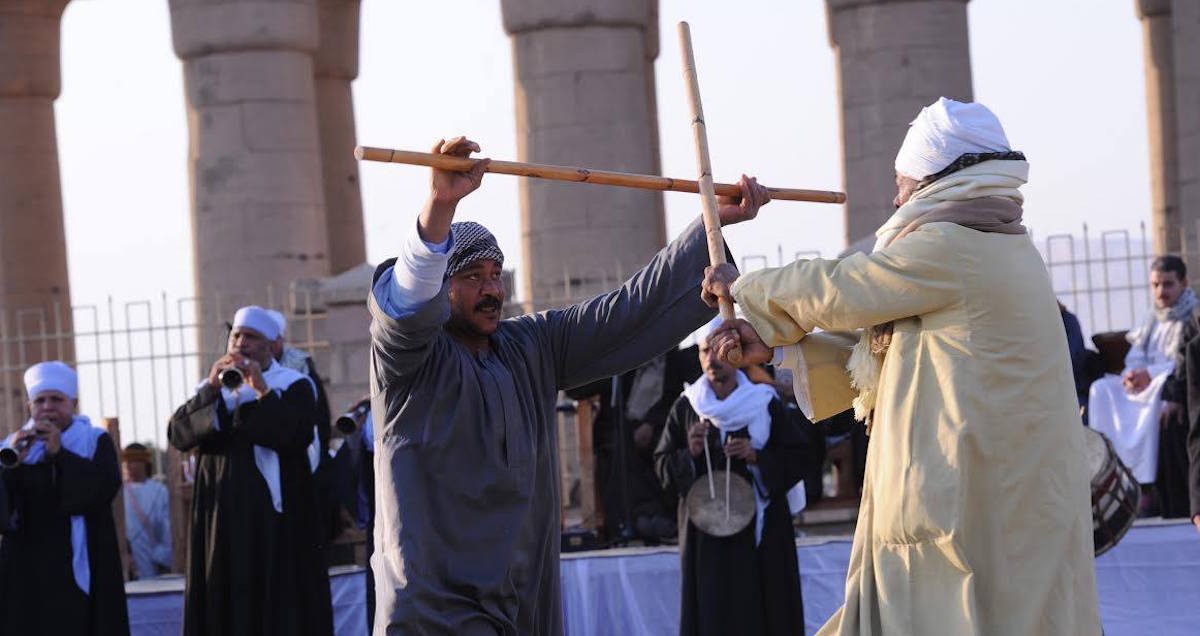
Many civilizations such as the Japanese kendo, and the ancient fencing that spread in most Western civilizations, and had the same rituals and ethics of the Pharaonic tahtib, were derived of tahtib, despite being a martial art and dance limited to Egypt, thanks to its uniqueness. Recently, The United Nations Educational, Scientific and Cultural Organization, "UNESCO", has added the Egyptian "Tahtib" to its Representative List of the Intangible Cultural Heritage of Humanity




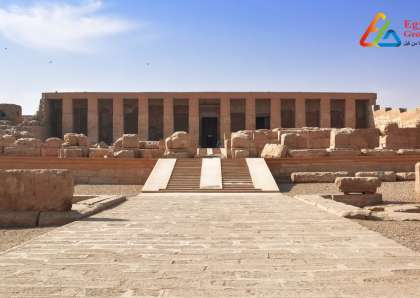
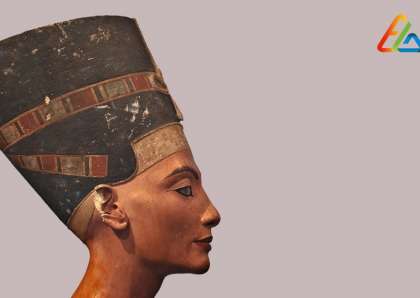
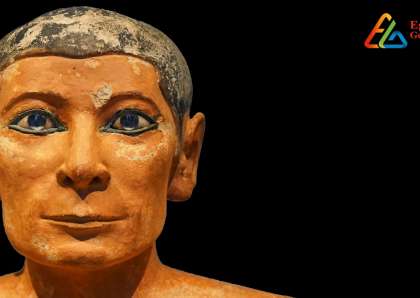
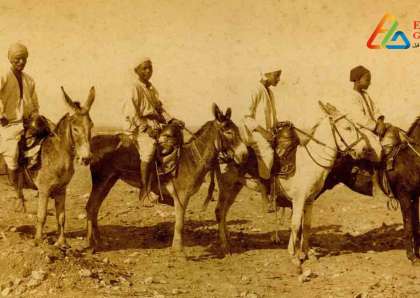
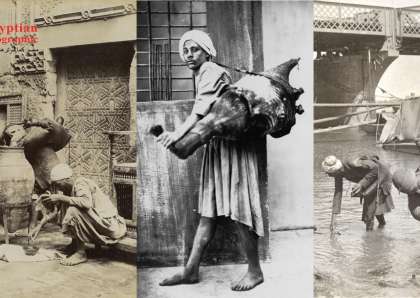
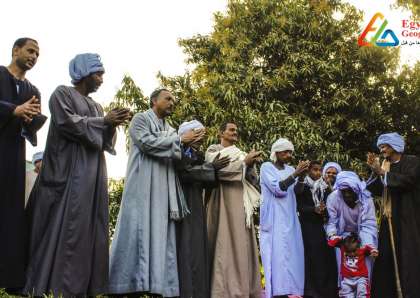










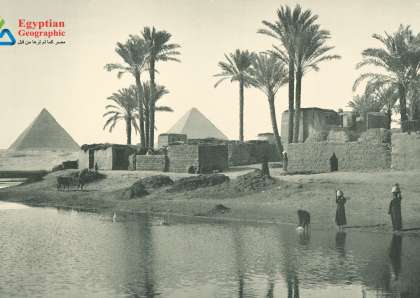




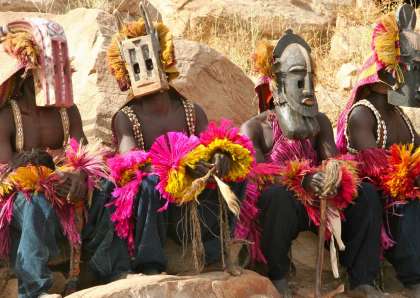


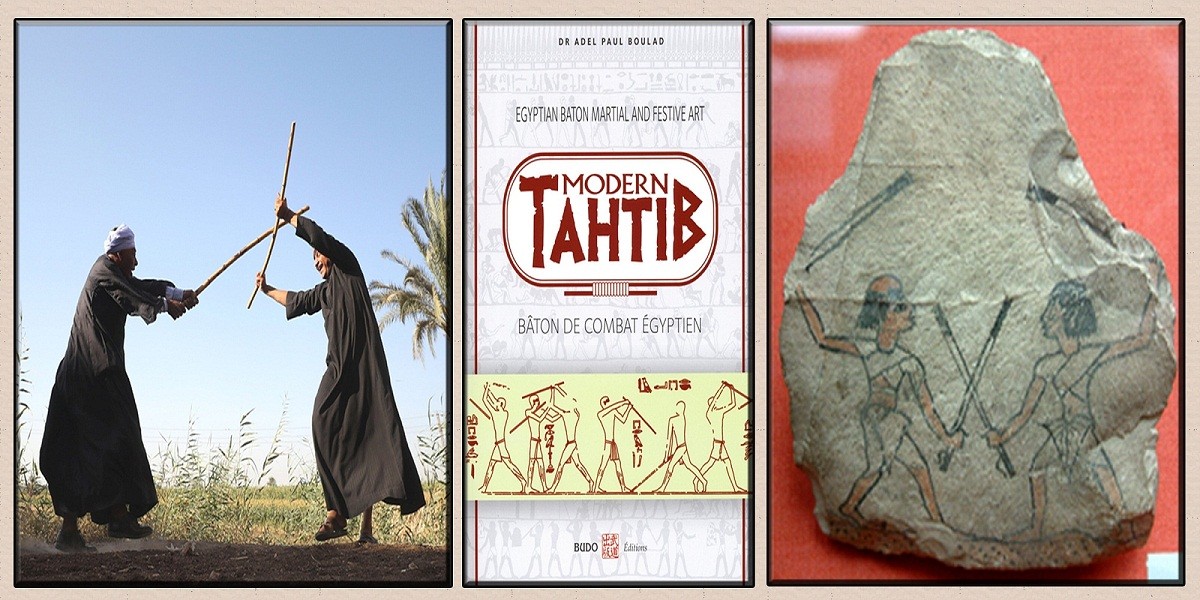





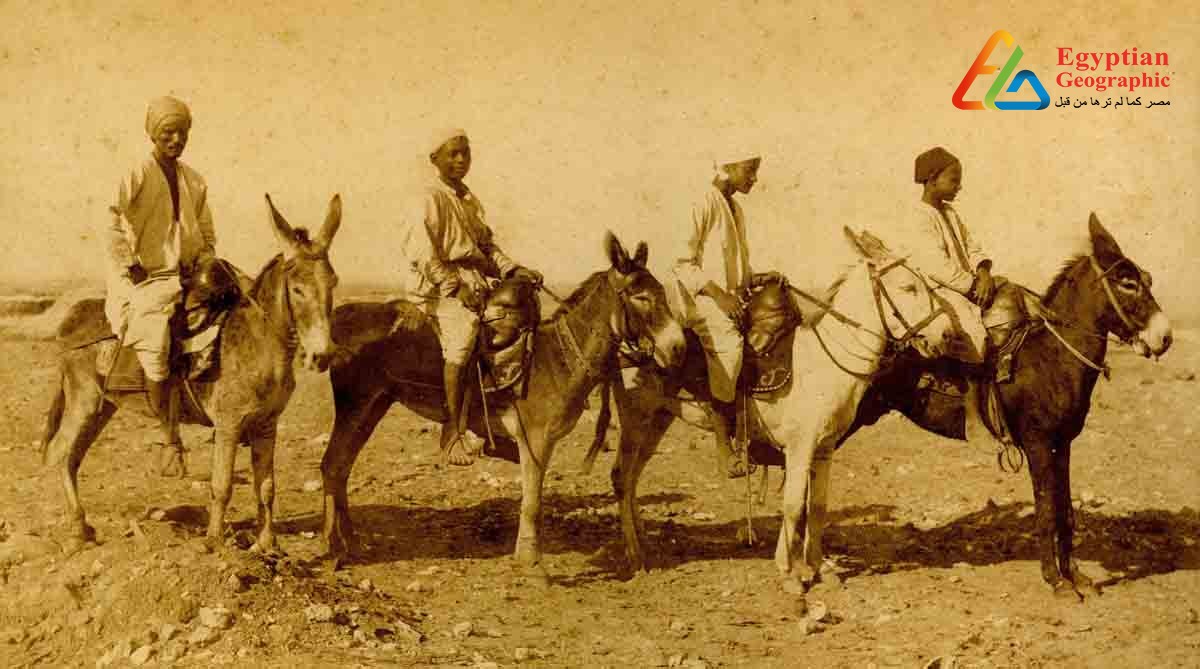
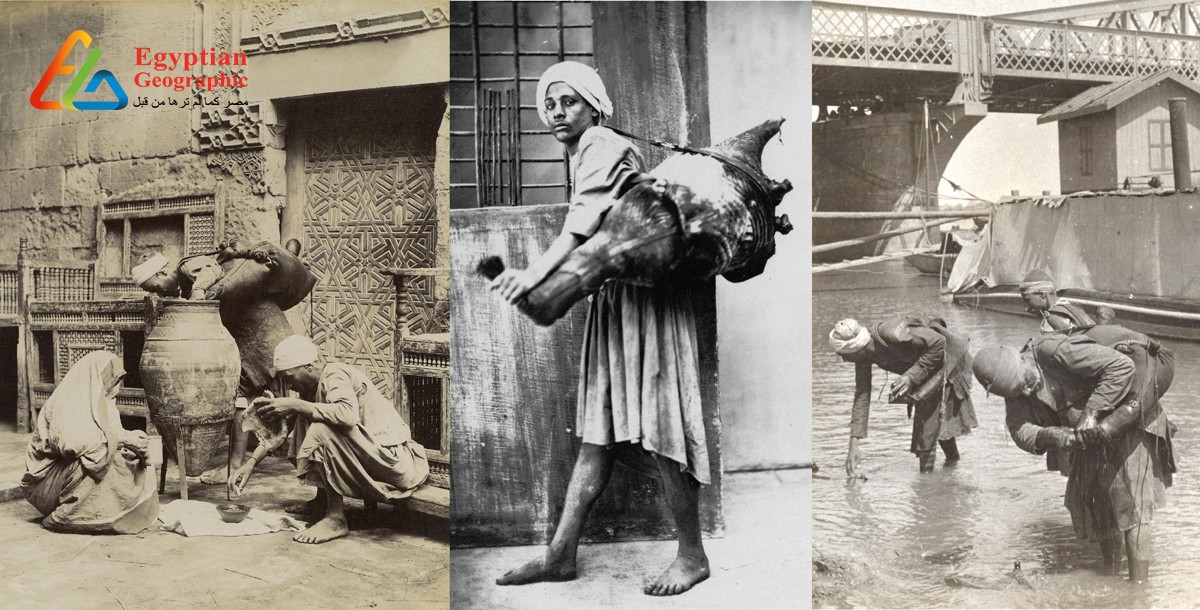
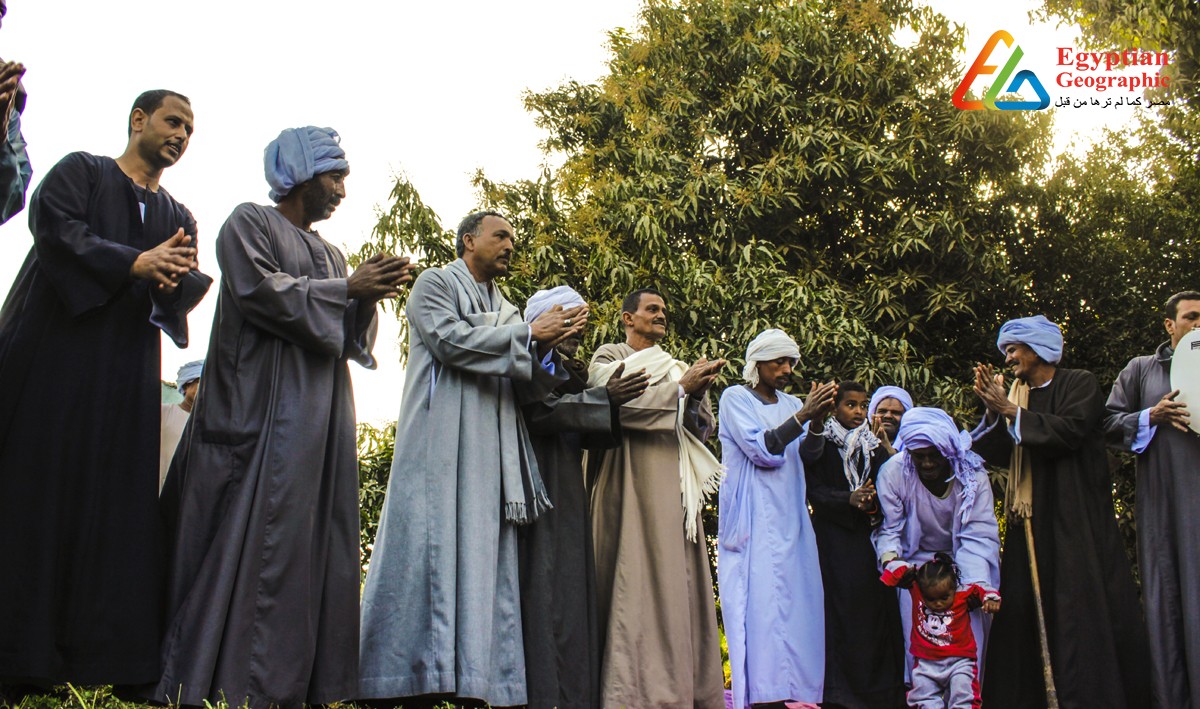












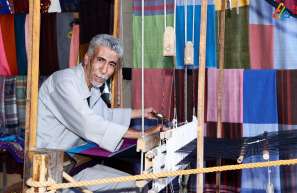
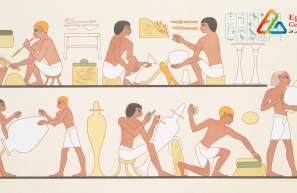












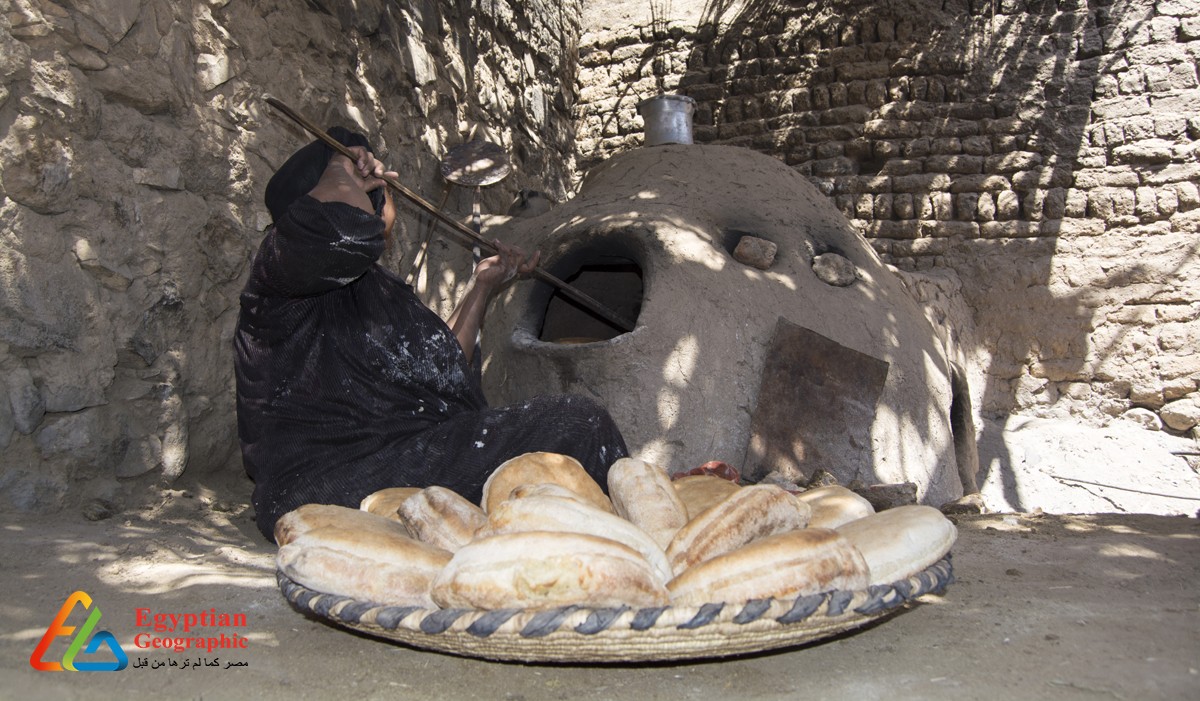
مجلة علمية معرفية وثائقية تتناول الشخصية المصرية